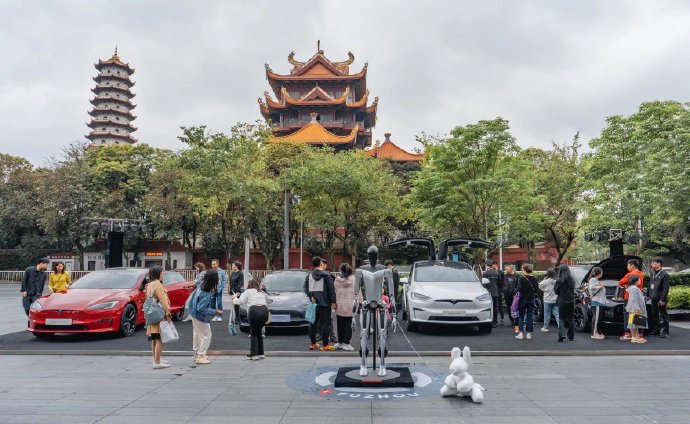

Must Get Through Tesla Directly for Fast Shipping
#TESLA SOLAR BATTERIES REVIEW PROFESSIONAL#
Although the Tesla app and the clean and professional look of this battery set it apart from others on the market, there are still some negatives you should be aware of before making your final decision. Unfortunately, with things like the Tesla Powerwalls and other battery solutions being new to the market, there are still quite a few negatives involved in this process. The Powerwall system works quite well as battery storage for these other Tesla solar solutions, and it is nice to have compatibility between different products, all from the same brand. Many people with Tesla vehicles use all of the Tesla power system options and solutions to completely change their homes. The Tesla Solar Roof and Tesla Solar Panels are becoming more and more popular. Many homeowners find similar options from other companies like LG, but the price tag can be a little higher. The Tesla Powerwall is reasonably priced, considering the battery capacity. Having different features from one unit certainly makes this investment a bit easier and will work for a wider range of people. The three modes of operation that the Tesla Powerwall offers will help you improve overall energy capacity, keep your electricity bill down, and stay prepared in the event of a power outage. Knowing that the cost of the Tesla Powerwall is currently $11,500, you can also look into other incentives at the state and local levels that could help you save even more money on your way to energy independence. However, these savings are not applied directly to the cost of the Powerwall instead, they are something that will come back in the form of a rebate on your tax return. One of the great features of the Tesla Powerwall is that you will qualify for incentives from the Federal government that could save you more than 25%. Federal Rebates and Tax Credit Incentives Learn more about the best solar battery chargers. If you have solar panels and a solar inverter, the Tesla lithium-ion battery could supply your home with energy for considerably longer. This means that if you had a power outage, you would be able to experience very high standards of living for at least 24 hours. With 13.5 kilowatt hours, an average home can function at just over half capacity for about 24 hours. For many homeowners, it’s hard to know exactly how this will help with their home energy needs. The storage capacity of the Tesla Powerwall is 13.5 kWh. However, when it comes to the actual product and the functionality, most of the reviews are quite positive. Others have a hard time working with Tesla. When you look at the review of the Tesla Powerwall 2 and the Tesla Powerwall +, it is easy to see that many homeowners find these to be the best solar batteries on the market.

#TESLA SOLAR BATTERIES REVIEW WINDOWS#
Single vs Double Vs Triple Pane Windows.* This screenshot of the Tesla Powerwall mobile app shows that 94% of the Summers family’s electricity use is from clean, green solar energy they produce and store themselves. This means they have taken control of their own energy needs and are nearly completely independent of the power network. Today, their electricity self-sufficiency has reached 94%. In 2019, with only solar, the Summers drew 56% of their power from the grid, meaning that 44% of their electricity consumption came from solar production. Most notably, the family’s energy self-sufficiency has increased dramatically. After adding Powerwall, Michael says his latest electricity bill was $131 in credit. All of that is clean, green solar energy. Overnight, the home draws around 8-10kWh of stored clean, green power from their Powerwall. Their Powerwall is charged to its 13.5 kWh capacity during the day. They have a Tesla Powerwall unit attached to a 7.4 kW rooftop solar system.

Michael and Jane Summers live in Adelaide’s Aberfoyle Park with their two children.


 0 kommentar(er)
0 kommentar(er)
